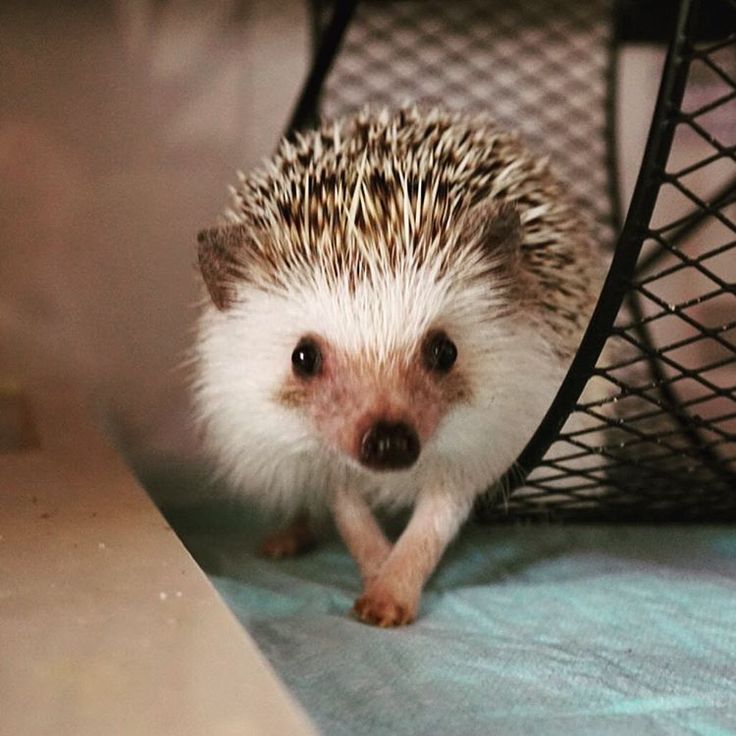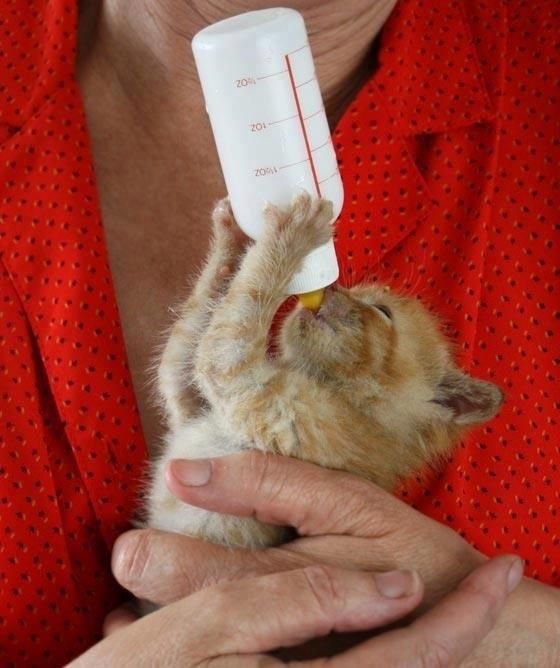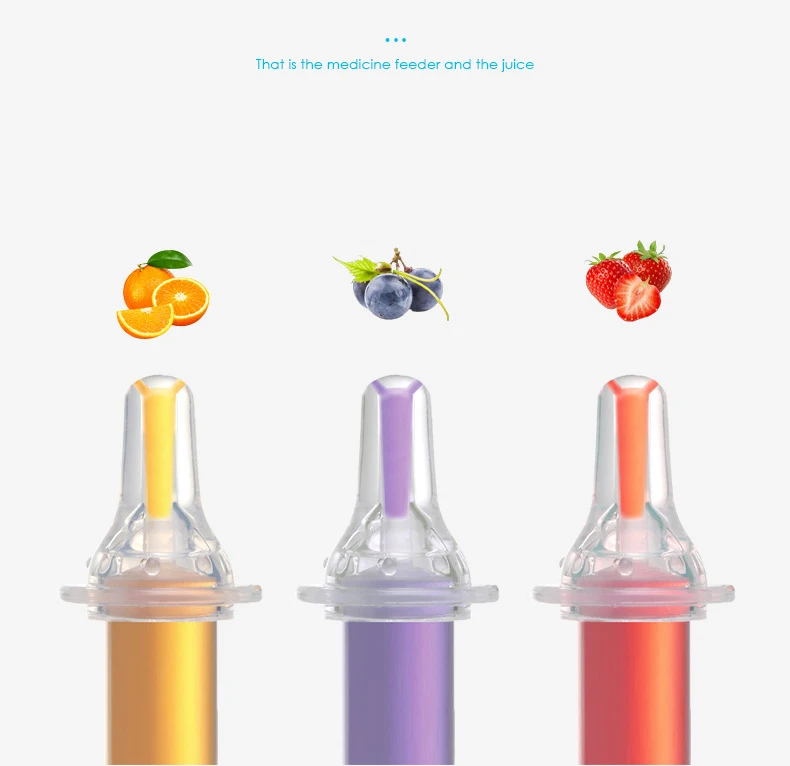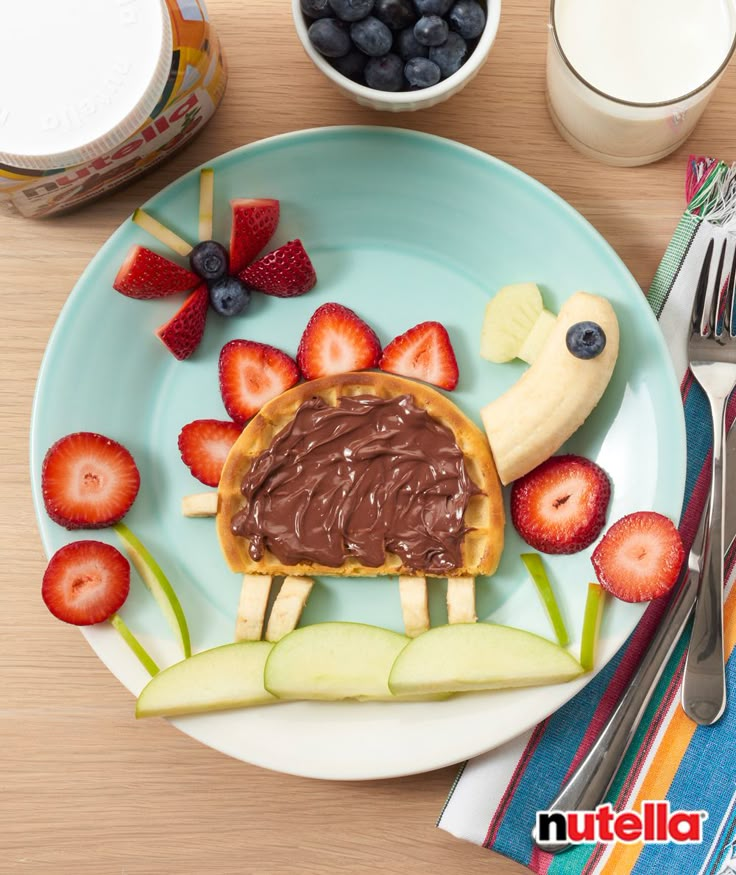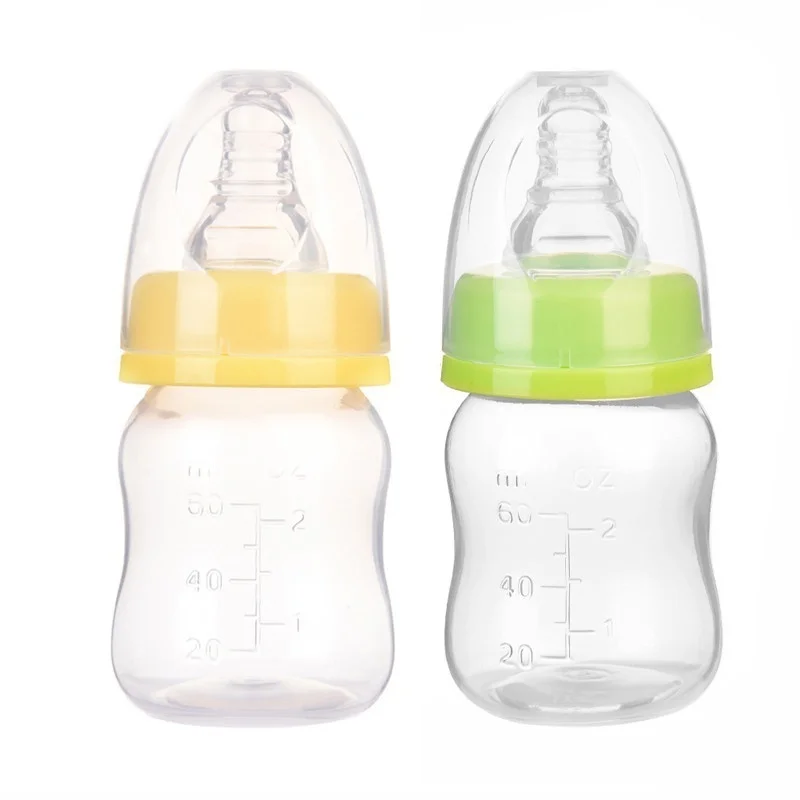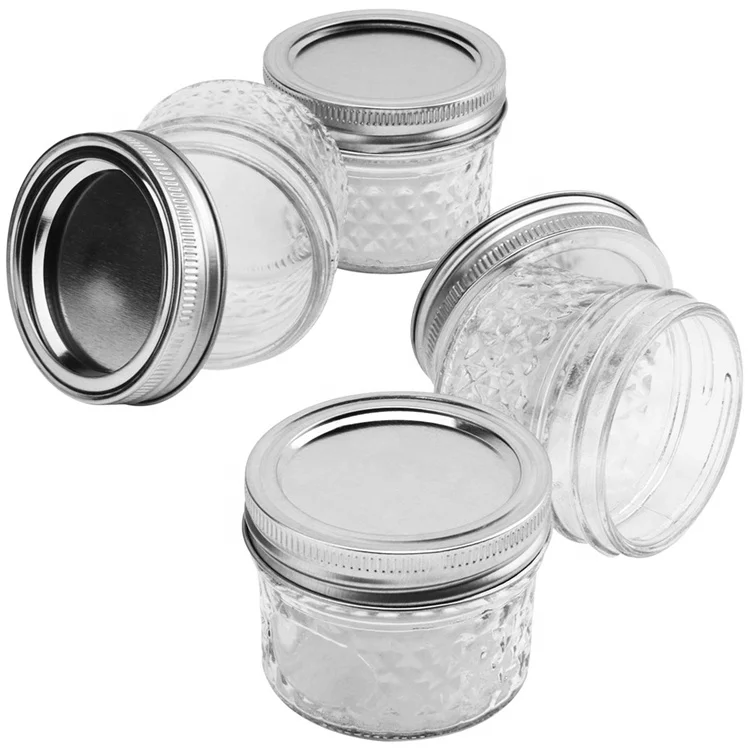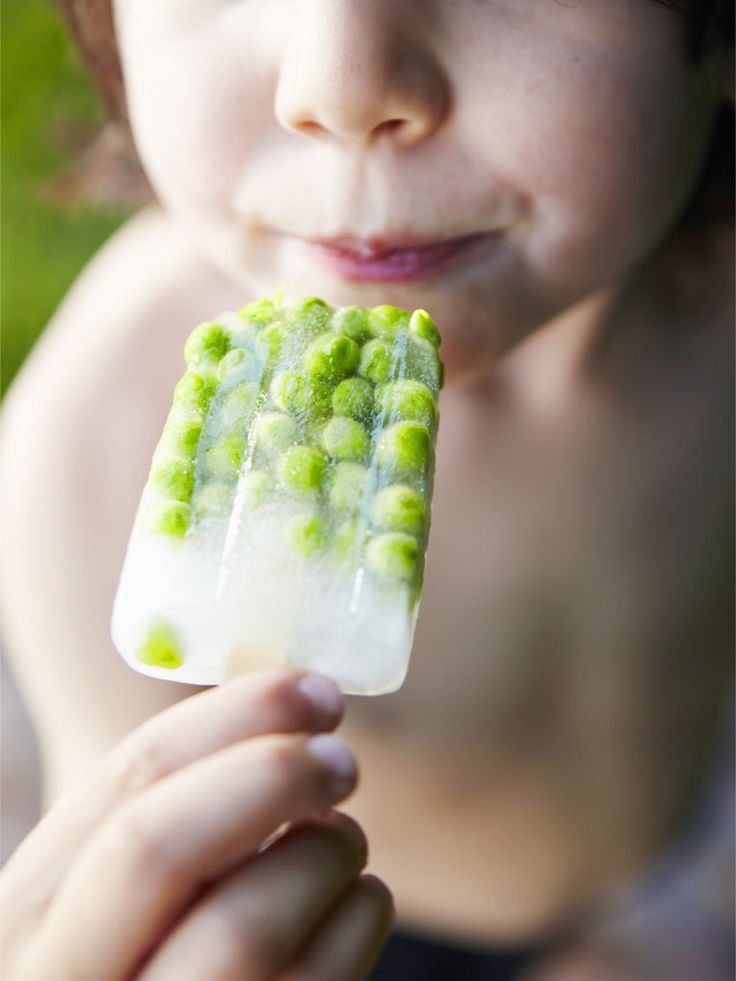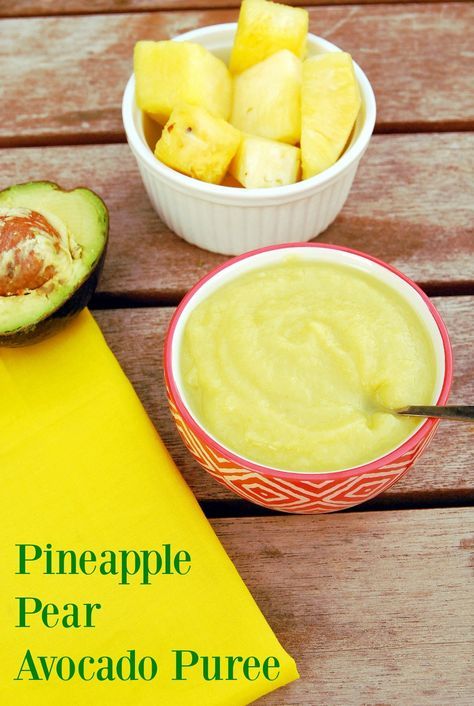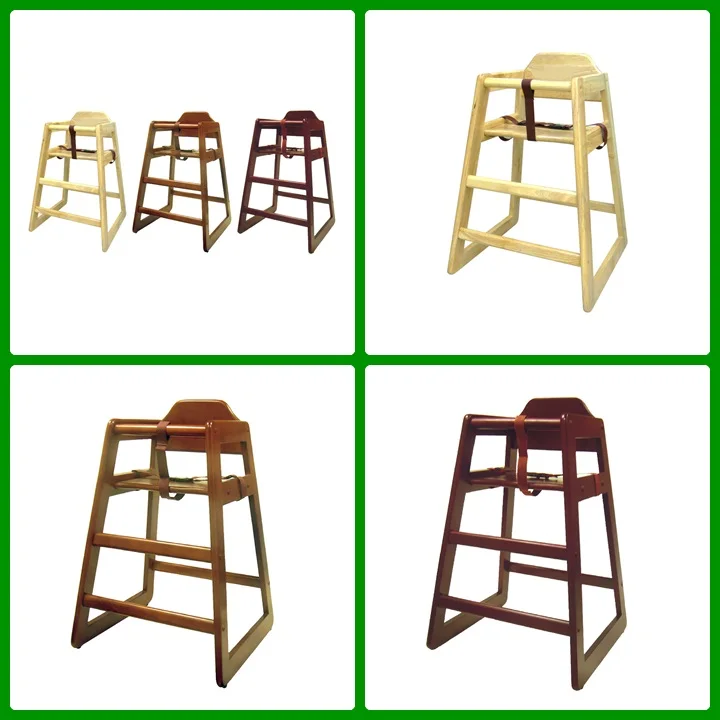What do you feed a baby hedgehog
Found a Baby Hedgehog Alone?
If you find an uninjured baby hedgehog (also known as a hoglet) and you think they need rescuing, watch them from a distance first. It's usually best to leave them alone. However, there are a few things you can do to check if the hoglet does need help.
Intervene straight away if you find a baby hedgehog:
- In immediate danger - such as on a road
- Weighing less than 300 grams - that's roughly the size of an apple - and without an adult hedgehog nearby
- Sick or injured or surrounded by flies
- Squeaking with eyes shut, without an adult nearby
- In the daytime during a stretch of very cold weather (regular ground frost or below freezing for several days)
- Next to a dead adult
If any of these apply, please collect them in a box and contact your local wildlife centre or a vet.
Here's what to do if you find an adult hedgehog out during the day.
Young hedgehogs that weigh over 300g should be weaned as they're almost ready to be independent of their parents.
Helping young hedgehogs in summer
If they're larger than apple-sized (about 300g), not in immediate danger, sick or injured then monitor the young hedgehog from a distance. If you're concerned, you can try offering them food and fresh water.
If the young hedgehog doesn't eat the food or it doesn't leave the area, please contact your nearest wildlife rehabilitator.
Helping young hedgehogs from October to February
Usually, hoglets are born in the summer but mothers can sometimes have a second litter born as late as September or October. This isn't long before hibernation starts.
Hedgehogs born this late in the year might not have enough fat reserves to survive the long winter hibernation without some help. Often, they'll have to forage for longer to find enough food so they might be seen out during the day.
The best way to help the young hedgehog will depend on how much it weighs:
- If the hoglet weighs less than 300g, it will need specialist care to survive the winter.
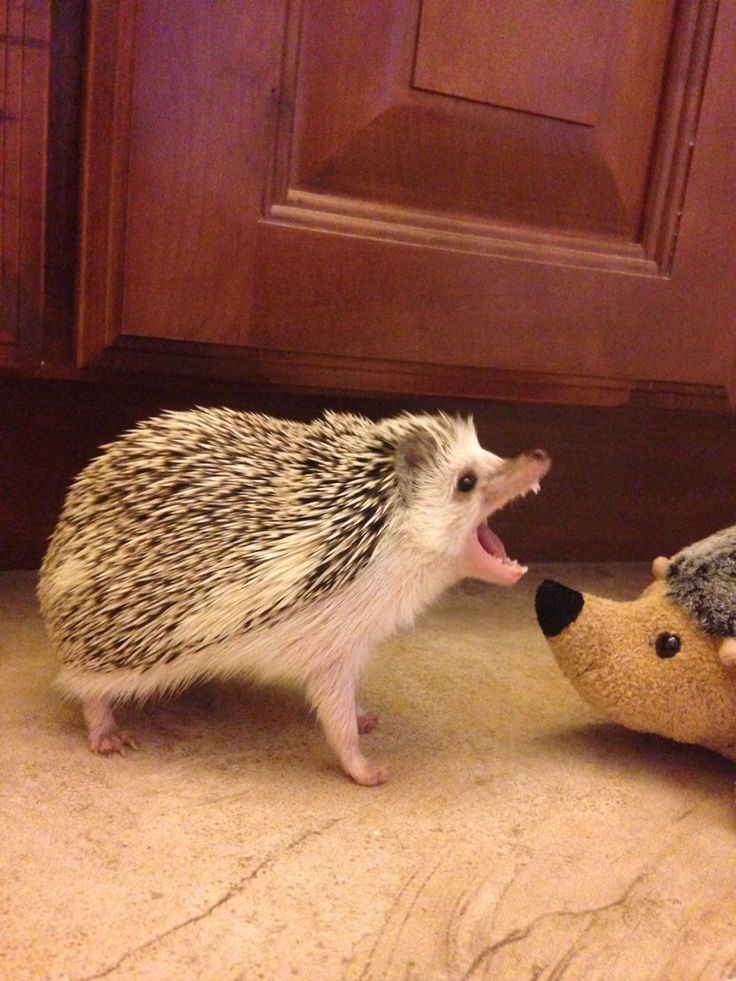
- If the young hedgehog weighs between 300g-500g, is only seen at night, and it's before mid-October with mild weather, you can provide food in the garden. Monitor its weight, and if it's not gaining weight or you're still seeing it when the weather gets colder, please contact a rehabilitator.
- If the young hedgehog weighs between 300g-500g, after mid-October, they probably won't have enough weight to see them through the winter, so may need more help. We recommend following the BHPS advice for autumn juvenile hedgehogs, which describes how to help them over the winter.
- If the hedgehog weighs over 500g and is only seen out at night, it should be healthy enough to hibernate as normal in the wild. They'll be foraging for food overnight, so if you can, keep providing food in the garden, as this will help them to put on even more weight before hibernation. However, if the hedgehog is sick or injured or seen out during the day during cold weather, follow our advice.
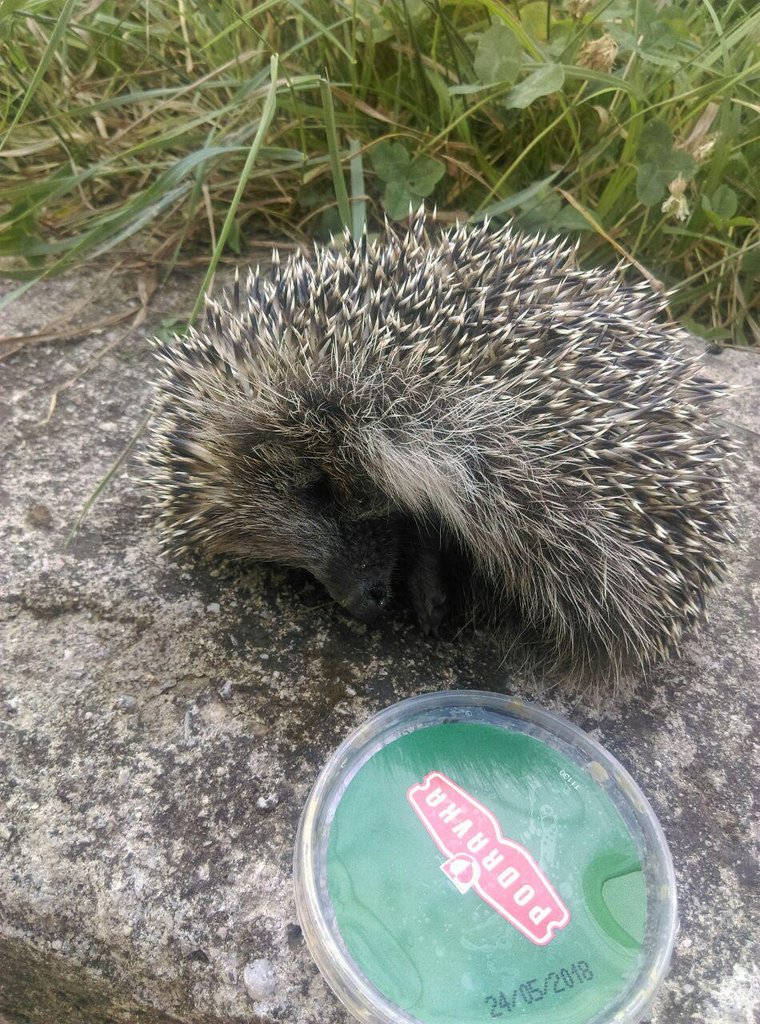
What do young hedgehogs eat?
You can try offering food to a young hedgehog, but make sure you feed them something suitable:
- Tinned dog or cat food - cat biscuits or crushed dog biscuits, make good hedgehog foods.
- Good quality, specialist hedgehog foods - these can be bought from wildlife food suppliers.
- Soak biscuits in water for very young hoglets that weigh less than 300g, as they can't eat dry food.
- Never give cow's milk to hedgehogs, as it can give them diarrhoea.
- Don't feed them bread, as it's low in nutrients.
Capturing and containing hedgehogs
If it's safe to catch and handle the hedgehog:
- Make sure you wear thick gloves, as hedgehogs can carry diseases like ringworm or salmonella bacteria, which can be passed to humans. You can also handle them using a folded towel.
- Gently pick it up and place it into a secure high-sided cardboard box, lined with a towel. You might also find that throwing a towel over the hedgehog causes it to curl up, making it easier to catch.

- Don't handle the hedgehog any more than you need to, because contact with humans will be stressful for them.
- Hedgehogs from the same litter can be kept in the same box if it's big enough.
- Keep them warm - if a hedgehog gets too cold, they're less likely to recover, so place a warm, towel-wrapped hot water bottle in the box as soon as possible. Make sure there's enough room in the box for the hedgehog to move away from the bottle if it gets too hot.
Keep the hedgehog somewhere warm and quiet indoors, offer them a small amount of suitable food and water.
Contact your nearest wildlife rehabilitator as soon as possible. It's often faster to take an animal to a wildlife rehabilitator yourself, as our officers may be out of the area attending other calls. If you're unable to transport the hoglet, please contact us.
What Do Baby Hedgehogs Eat?
As an Amazon Associate I earn from qualifying purchases.
Although hedgehogs are similar to other small pets in many ways, they are distinctively different when it comes to their appearance and care as tiny pets.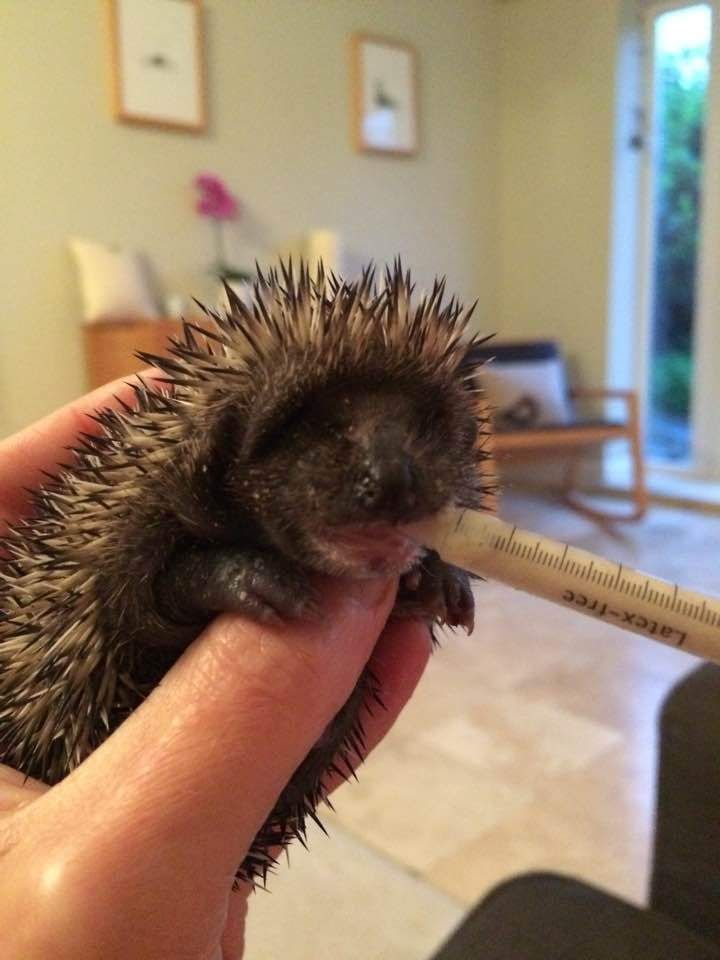 Because hedgehogs are insectivores, they require nutrients that may not be found in many other pet foods. Originally, pet baby hedgehogs were often fed with cat food. However, foods that are particularly suited to baby hedgehogs are now available in pet stores which include all of a hedgehog’s nutritional demands. You may make better food choices for your pet by learning what a hedgehog should eat.
Because hedgehogs are insectivores, they require nutrients that may not be found in many other pet foods. Originally, pet baby hedgehogs were often fed with cat food. However, foods that are particularly suited to baby hedgehogs are now available in pet stores which include all of a hedgehog’s nutritional demands. You may make better food choices for your pet by learning what a hedgehog should eat.
Depending on which source you consult, hedgehogs are classified as omnivores or insectivores. If you look at a hedgehog’s real diet, the omnivorous description is more accurate because hedgies in the wild eat a range of foods rather than just insects.
Depending on the region where they live and thrive, different species of hedgehogs will have varied diets.
What Do Baby Hedgehogs Eat?Hedgehogs already have an adequate diet that they can thrive on. When it comes to newborns, things become even more difficult. So, what do baby hedgehogs eat?
Baby hedgehogs begin life by drinking solely their mother’s milk, as do most other mammals. If a mother’s milk is unavailable, substitute fluids, such as puppy or goat’s milk, can be given. A baby hedgehog will begin to eat solid food at 3-4 weeks old.
If a mother’s milk is unavailable, substitute fluids, such as puppy or goat’s milk, can be given. A baby hedgehog will begin to eat solid food at 3-4 weeks old.
Hoglets require all of the vitamins, fats, and minerals found in cow’s milk. They should not be fed with cow’s formula since it will kill them. A goat’s milk and colostrum is wonderful and nutritious food that just has to be used carefully. If nothing else is available, it may be taken for a brief period of time.
Cimicat is a good example of this, as it’s merely big enough to support the hoglets for a few days or weeks at most. We’ve discovered that, while human baby formulas are less successful than cow’s milk-based alternatives, they’re still ineffective and will always suggest you not to use them.
We discovered that the powder milk replacements must be thoroughly blended to ensure that everything dissolves, so we combine them with Fennel Tea rather than water as we’ve discovered it aids in reducing bloating. We’ve already created enough feed for the whole day the night before, stored it in the fridge, and remixed it the next morning. Use an electric whisk or blender instead of one that employs blades since this adds too much air.
We’ve already created enough feed for the whole day the night before, stored it in the fridge, and remixed it the next morning. Use an electric whisk or blender instead of one that employs blades since this adds too much air.
You must hand-feed a hoglet if its mother is missing or if the mother hedgehog has abandoned her young. Instead of the mother’s milk, you may give hoglets sheep’s milk. It would be ideal if you avoided giving cow’s milk to your hoglet since it can cause diarrhea.
They can also be fed milk alternatives such as Esbilac. This milk will contain all of your hedgehog’s essential nutrients and vitamins, allowing it to develop properly. Growth is a necessity for young hedgehogs.
The hoglets will need to be fed using a tiny syringe. The majority of hedgehogs will recognize the food and feed themselves, while others may require some time. Allow the hoglets to get used to the milk before offering them too much of it.
It’s also important to never feed hoglets milk on their backs, as they might inhale it and choke. One vital thing to do after feeding your hoglets is to stimulate them so they can urinate and defecate.
Chocolate is also poisonous to hedgehogs, so be sure your kitties aren’t eating it! You may give chocolate to your hedgehog by offering him or her one of the following foods: tinned cat food, special hedgehog food, or biscuits.
What Do Baby Hedgehogs Eat 4 Weeks After Being Born?Insects are not only a source of food for hedgehogs but also their primary source of dietary fiber. Chitin is found in insect hard exoskeleton and is primarily a protein source, although it does provide some fiber. Chitin is a vital element of a hedgehog’s diet, but it isn’t the only thing required by a hedgehog. Various items should be given in addition to insects because, while chitin is necessary for a hedgehog’s health, it isn’t the only ingredient needed in its diet.
For hedgehogs, live or frozen-dried mealworms are a good source of chitin. Worms also provide mental stimulation because they move about and make it more difficult for a hedgehog to catch its prey.
Waxworms WaxwormsMealworms have a lower fat content and greater chitin content than waxworms, making them a superior choice as an occasional treat for hedgehogs.
Crickets A CricketThe chitin within crickets can also be baked into a diet, providing extra nutrition as well as mental stimulation for your hedgehog. To ensure that crickets are properly nourished, gut-loading should be performed before feeding them to your hedgehog.
Fruits Baby Hedgehogs Can Eat FruitsDried fruit should be avoided, but a little amount of fresh fruit may be used as a treat for your hedgehog. Apples, berries, bananas, melons, and berries are popular hedgehog treats.
Vegetables VegetablesFresh tomatoes, cooked squash, and green beans are all things your hedgehog might enjoy. Vegetables that are starchy, such as corn, carrots, and potatoes, should also be avoided.
Vegetables that are starchy, such as corn, carrots, and potatoes, should also be avoided.
A pet hedgehog can be fed a low-fat, high-protein canned cat or dog food in addition to cooked chicken.
Cooked eggs Cooked EggsA hedgehog’s diet should include a lot of high-quality protein, plus portions of scrambled or hard-boiled egg on occasion.
Pinky Mice Pinky MiceIf you don’t mind your hedgehog eating a newborn mouse, you may give him a pre-killed pinky mouse as a treat on occasion.
Cat Kibble Cat KibbleA high-quality kibble for a cat or hedgehog should have at least 30 percent protein and less than 20 percent fat. The best diet for a hedgehog is one that satisfies these nutritional needs, however, few created diets are accessible that don’t include raisins or seeds, which are not suggested.
When it comes to hedgehogs, age is critical. Baby hedgehogs weighing less than 300 grams should not be fed dry food. Soft foods are more popular with baby hedgehogs, especially during weaning.
Baby hedgehogs weighing less than 300 grams should not be fed dry food. Soft foods are more popular with baby hedgehogs, especially during weaning.
It’s easy to learn how to feed a hedgehog, so don’t be afraid. Many breeders, owners, and rescue centers practice this every day all over the world. You can do it! It doesn’t imply that they’re defective if they were rejected as a hoglet. It’s possible their mother was overwhelmed.
We want to begin by telling you that we do not recommend using commercial cat food for this information. We suggest that you contact a local experienced breeder for assistance beyond this article, but we’d like to share what has been demonstrated and proved effective first. This section is about nutrition, stimulation, and warmth, which are all crucial when it comes to feeding.
Hold the hoglet in one hand and the syringe in the other. Hold them on their backs with your thumb under their chins for tiny newborns.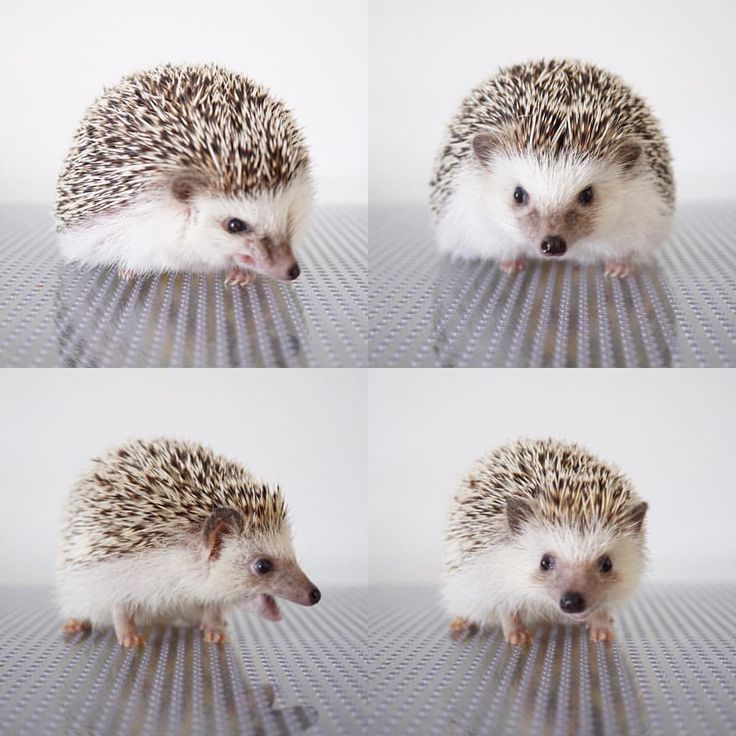 If they’re still too young to see, bring the nipple tip of the syringe right to their lips. By the second week, their eyes should be open. By 3 to 4 weeks, your hedgehog will be able to go up to it and the hedgie will chew on it with his new teeth, which he’ll use by then. As a result, keep it at a safe distance from them and allow them to reach it on their own.
If they’re still too young to see, bring the nipple tip of the syringe right to their lips. By the second week, their eyes should be open. By 3 to 4 weeks, your hedgehog will be able to go up to it and the hedgie will chew on it with his new teeth, which he’ll use by then. As a result, keep it at a safe distance from them and allow them to reach it on their own.
The best strategy to feed a hedgehog is to slowly squeeze the formula out and never squeeze it too much. It should drip from a nipple, just like it would in your mouth. Give them 4-5 drops of multi-vitamin with each feeding once a day. Keep the pee pad on their bottom and stimulate their belly down to their genitals when they are done each time. Place them back in their warm, dark sleeping area after you’ve delivered a light warning.
How Much Do Baby Hedgehogs Eat?You’ll need to set an alarm to wake you at night and give you notice of some sort throughout the day. Because food is so essential for a baby hedgehog at this age, failing to feed him would be disastrous. Hoglets require a feeding schedule of 1-3 ml every two hours, or on-demand, from the start of their lives until the second week. Between the third and fourth weeks of life, they should eat every four hours. They should cease their daily day feedings after five weeks and only self-feed at night.
Hoglets require a feeding schedule of 1-3 ml every two hours, or on-demand, from the start of their lives until the second week. Between the third and fourth weeks of life, they should eat every four hours. They should cease their daily day feedings after five weeks and only self-feed at night.
Hedgehogs have sharp, hooked spines all over their bodies to defend themselves against predators by curling into a ball when threatened, making them appear to be a very unpalatable meal. Certain predators are capable of hunting and consuming hedgehogs, including birds of prey, several species of carnivorous mammals, and snakes, while the spines deter some attackers.
OwlsOwls are known to hunt hedgehogs, particularly the European eagle owl. Nocturnal animals, like hedgehogs and owls, are active at night and sleep during the day. The Eurasian eagle owl, like many other species of owl, has the ability to flap its wings softly while hunting, depriving the hedgehog of any opportunity to curl into a defensive ball due to the lack of warning noises.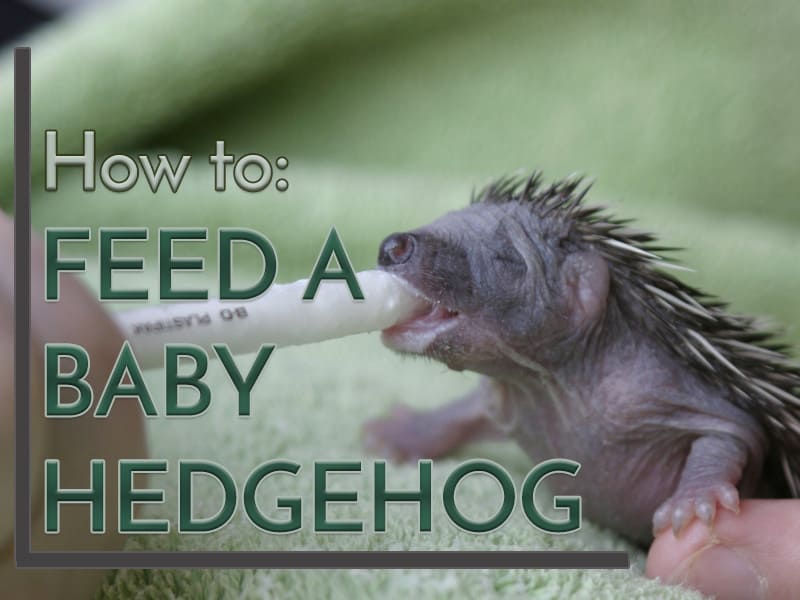
A hedgehog may be attacked and consumed by members of the Canidae family, including wild and domestic dogs, jackals, and foxes. A dog may use his nose to push the hedgehog back open if it has curled itself into a spiny ball.
MongoosesAlthough the Indian gray mongoose is not a direct predator of hedgehogs, it does prey on them indirectly. The Indian hedgehog is one of the many species targeted by this mongoose. Mongooses are notorious for attacking odd prey, such as cobras, which explains why they use innovative methods to get into the prickly hedgehog. The mongoose’s aim is true. The named prey is picked up with its forearms and hurled at a solid object to shatter the shell or shock and harm the hedgehog enough that it uncurls, giving the mongoose access to its soft underbelly.
MustelidsWeasels and ferrets, which are in the Mustelidae family, are notorious hedgehog killers. Hedgehogs were discovered to be a major food source in a study of wild ferrets in New Zealand.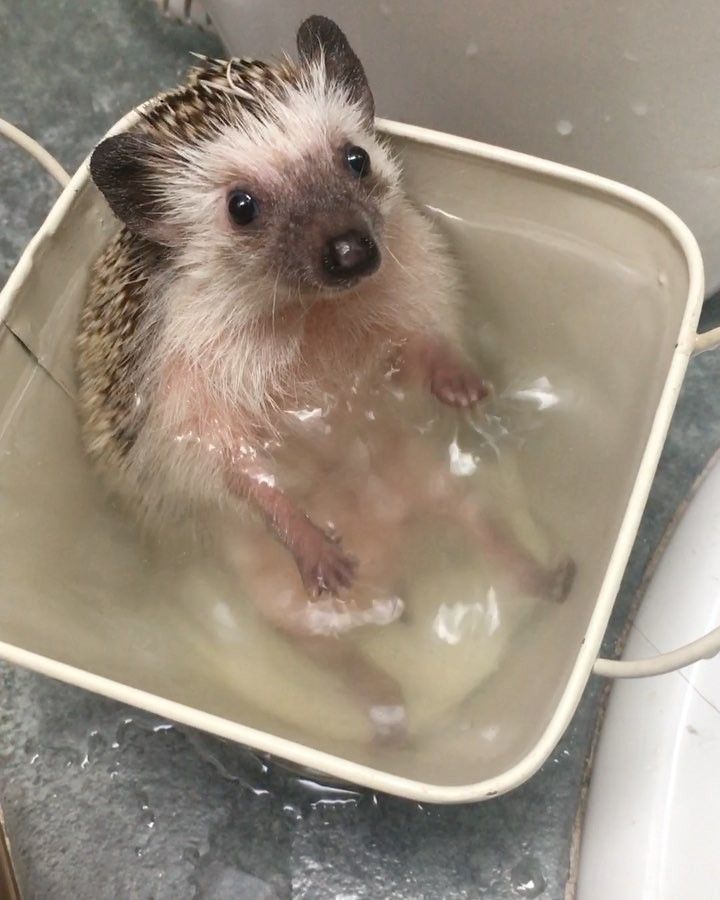 Ferrets in Greece have also been observed consuming hedgehogs.
Ferrets in Greece have also been observed consuming hedgehogs.
A hedgehog’s quills are his spines, and he knows how to use them. When they sense danger, their quills go up in a hurry. The hedgehog has muscles on either side of his body that aid in the deployment of his spines. The quills Crisscross and interlock with one another. When hedgehogs sleep curled up, their spines are intertwined, which means they’re safe while they snooze.
HissingHedgehogs make a lot of noise. When rummaging through a forest for tiny insects to consume, they don’t make any efforts to be quiet. They frequently emit gruntings and nudge their fellow hedgehogs when a possible threat approaches them. They will make a loud hissing sound if an attacker gets too close to them.
Curl UpThe hedgehog has created a sturdy armor of quills around his prickles after plucking them out and interlocking them with one another. The hedgehog curls his head and feet into his body, forming a ball to protect his delicate, sensitive underside at this stage. The hedgehog subsequently appears to be a thorny ball. Many predators may find the prickly ball unappealing for supper time because it resembles a prickly ball that might not look very appealing. If a predator attempts to open the prickly ball, it will be difficult for him or her to do so and may give up.
The hedgehog curls his head and feet into his body, forming a ball to protect his delicate, sensitive underside at this stage. The hedgehog subsequently appears to be a thorny ball. Many predators may find the prickly ball unappealing for supper time because it resembles a prickly ball that might not look very appealing. If a predator attempts to open the prickly ball, it will be difficult for him or her to do so and may give up.
Amazon and the Amazon logo are trademarks of Amazon.com, Inc, or its affiliates.
What to feed a hedgehog in the country, what a wild hedgehog eats in nature
Very often hedgehogs come to garden plots in search of food. Many gardeners even specially lure and feed hedgehogs, put houses for them. After all, these little predators are excellent helpers on the site, which help get rid of many pests. The first thoughts that come to summer residents, as soon as the hedgehog comes, you need to feed him something. What do hedgehogs eat in captivity and what can you feed a hedgehog?
Contents
What the hedgehog eats
The hedgehog is practically omnivorous, most of all prefers food of animal origin rich in protein.
In nature, the hedgehog feeds on various insects, insect larvae, beetles, flies, earthworms. Ruin other people's nests to feast on eggs.
In the garden, the hedgehog eats snails, slugs, caterpillars, wireworms with pleasure, thereby protecting your garden from pests. That is why summer residents love it so much when hedgehogs settle on their site. Many even try to specifically lure the hedgehog to their summer cottage.
Hedgehogs are predators and good hunters by nature. Their prey is often snakes, mice, lizards, frogs. Hedgehogs are immune to snake venom, so they will fight snakes without fear. If a family of hedgehogs has settled on your site, snakes and mice will stop bothering you.
How to feed a hedgehog
If you feed a hedgehog in the garden for a while, after a while he will get used to it and may bring his whole hedgehog family to you. What does hedgehog eat besides pests and rodents?
Food of animal origin
Hedgehogs prefer food of animal origin to any other food.
- Raw meat (chicken, beef, lamb, veal, turkey, rabbit). You can also feed the hedgehog boiled meat, not salty, without seasonings and spices.
- Motyl.
- Liver, kidneys, heart, ventricles, raw or boiled.
- Raw or boiled egg.
- The cheese is non-greasy.
- Cheese.
- Raw fish. In nature, hedgehogs cannot get fish, for this reason they do not eat it. You can try feeding him a small amount of raw fish. It will not bring benefits to the hedgehog, but in a small amount it will not cause harm.
Fruits, vegetables, berries and herbs
Hedgehogs, wandering into the garden plot, like to eat fallen fruits of trees: apples, pears. They can also eat various berries that have fallen to the ground. From greenery, hedgehogs prefer dandelion leaves, carrot tops.
You can give the hedgehog raw carrots. It must be washed, cut into pieces, or grated.
Raw potatoes contain a lot of starch and solanine, so it is undesirable to feed them to your hedgehog.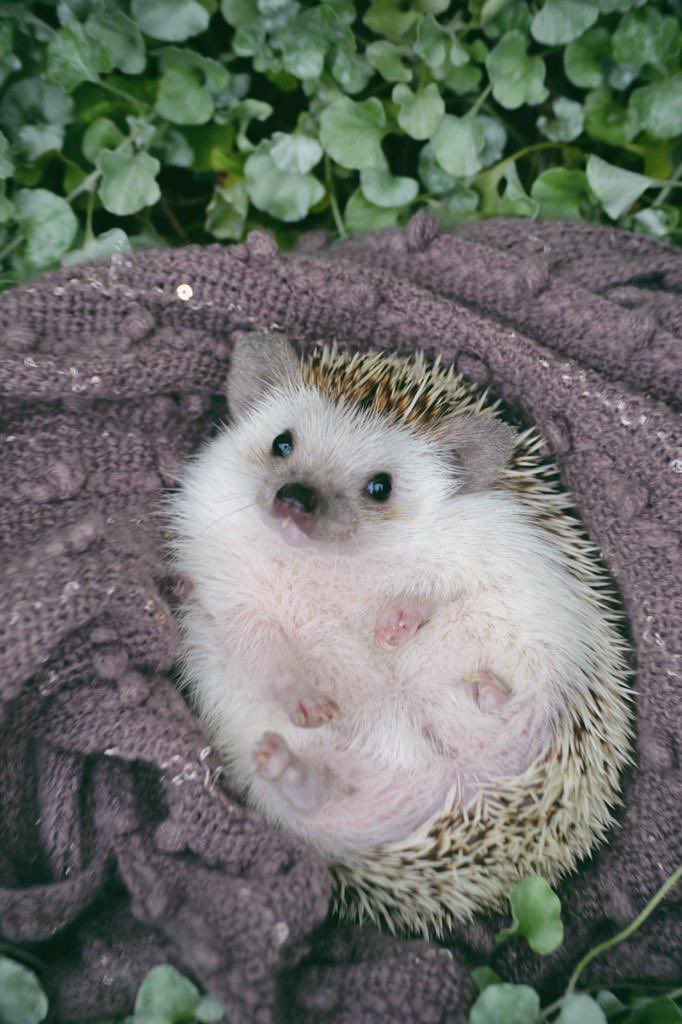 You can give the hedgehog a small amount of boiled potatoes.
You can give the hedgehog a small amount of boiled potatoes.
What else can you feed a hedgehog
- Boiled pasta.
- Porridge cooked with water. Oatmeal, rice, buckwheat, millet, barley.
- Nuts, seeds.
- Cookies.
- Bread.
- Fresh mushrooms.
- Cat and dog food (not recommended).
Water for the hedgehog
Be sure to offer the hedgehog clean drinking water. In hot weather, the hedgehog often goes far in search of water. In the forest, water can be difficult to find and the animal may die from dehydration.
If you have fed a hedgehog in the garden, or if you have a family of hedgehogs, be sure to put a bowl of water and add water daily. The bowl should be chosen shallow, it is advisable to fix it so that the hedgehogs do not turn it over.
When and how much to feed the hedgehog
Hedgehogs are active at night. Therefore, treats and goodies need to be prepared and put in the evening.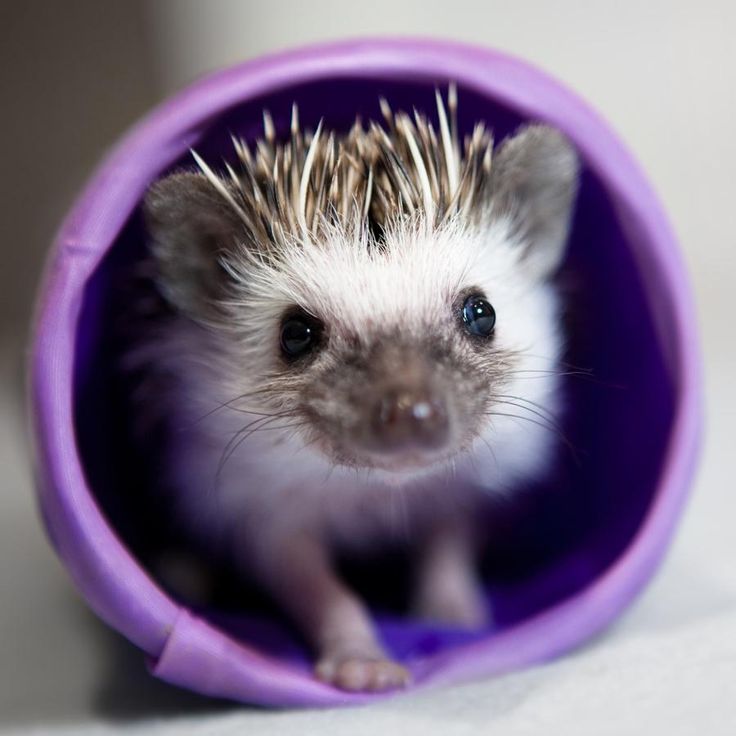
For wild hedgehogs, unlike domestic hedgehogs, there are no restrictions on the amount of food. They are able to independently determine the norm. Do not leave too much food, it will start to spoil. The rate of food for a hedgehog can be determined empirically by watching him for a couple of days.
The active period of hedgehogs lasts from April to October. Before hibernation, hedgehogs specifically gain weight to form a fat reserve. Therefore, during this period, you need to increase the amount of food. If the hedgehog does not have time to gain enough weight, he may wake up in winter from hunger and die.
It is recommended to actively feed hedgehogs in the spring when they come out of hibernation. They spent their fat reserves over the winter, and will immediately go in search of food.
What not to feed hedgehogs
- milk and dairy products;
- sweet, salty, fried;
- cabbage;
- raw potatoes;
- sausage;
- pork (too fatty).

Many people think that hedgehogs like milk. This is not true. Hedgehogs should not be given milk as they are lactose intolerant. Therefore, if a hedgehog came to the garden plot, it is better for him to pour clean water than to give milk.
than feeding and the most preferred products
Content
- 1 Optimal Hedgehog ration at home
- 1.1 meat
- 1.3 insects
- 1.4 Forms
- 1.5 Other types of feed
- 2 norm hedgehog feeding
Proper, balanced nutrition is of great importance for keeping a hedgehog at home.
Mammal food must contain all the necessary elements for life, energy replenishment and cell growth. This is difficult to achieve with any one type of diet, so it is necessary to combine all acceptable products to answer the question: "How to feed a hedgehog at home."
The pet hedgehog diet must include:
- vegetable and animal fats,
- carbohydrates,
- protein,
- vitamins,
- calcium, sodium, iron and other essential elements
In this article we will find out what is the best way to feed a hedgehog at home.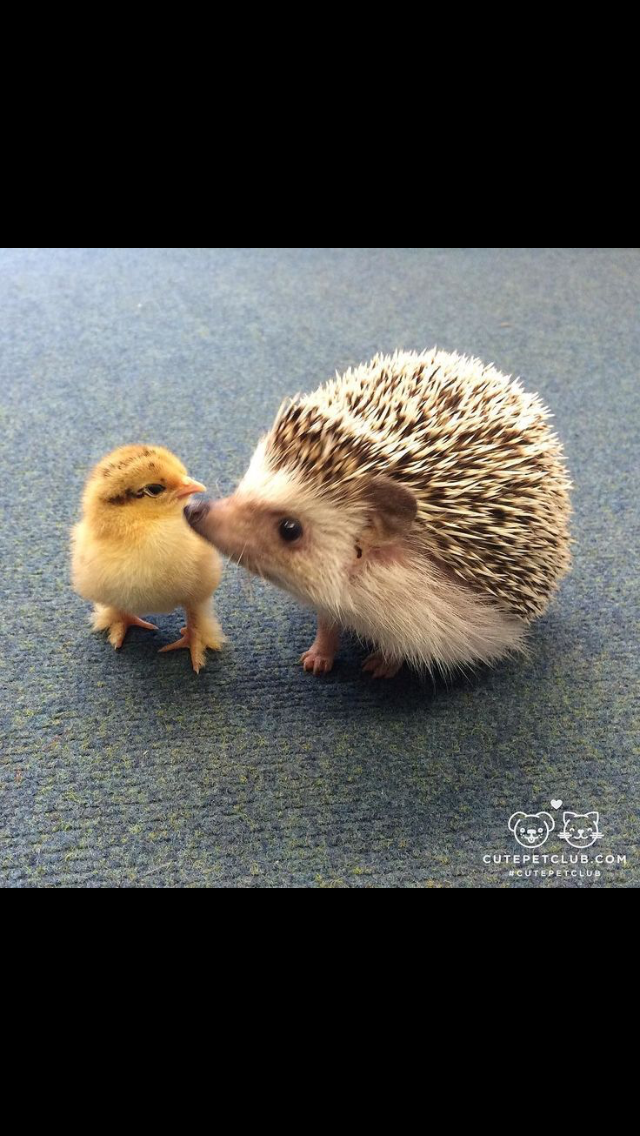 Consider the main types of products most commonly used at home for feeding a hedgehog.
Consider the main types of products most commonly used at home for feeding a hedgehog.
Optimal hedgehog diet at home
Meat
Mammals can eat quite different foods . The best product for feeding a hedgehog is home-cooked liver. Also, such types of offal as the heart, spleen and tongues of carcasses of domestic animals are not inferior in usefulness. The meat can be either raw or scalded, or cooked at home. It must be remembered that it is better to feed the hedgehog at room temperature.
When answering the question “What to feed a hedgehog?”, it should be noted that minced meat mixed with buckwheat or rice will be an excellent option for the full nutrition of your mammal.
Fish
Fish is traditionally considered a fairly affordable and valuable product for the hedgehog. At home, unsalted and fresh fish can be used for feeding. It is necessary to avoid salty and not quite fresh fish products, which can cause irreparable harm to the hedgehog.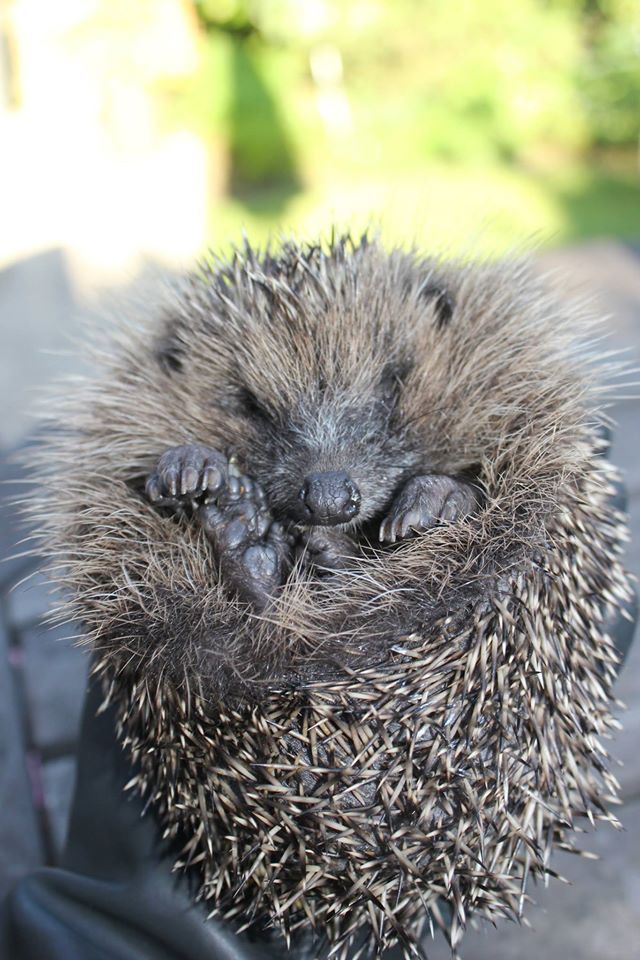
Horse mackerel and mackerel can be recognized as the best types of fish for feeding a hedgehog. It is necessary to avoid carp, pike, pollock, crucian carp in the diet. These fish can cause beriberi and anemia in hedgehogs when eaten frequently in large quantities. Therefore, you should not get carried away with this food.
Insects
It is necessary to give the hedgehog food to which he is accustomed in captivity. Specifically, these are:
- tracks,
- mice,
- earthworms,
- bloodworm,
- snails,
- frogs.
However, be aware that snails and some other species may be infected with lung parasites. If the hedgehog eats contaminated food, then he himself is very likely to get sick. Therefore, you need to be careful with the choice of such complementary foods.
Animal feed
Animal foods are also suitable for the hedgehog's diet at home. They include bone, blood and fish meal.
Other feeds
With great pleasure, hedgehogs drink milk with soaked white bread, eat cottage cheese, eggs and even boiled potatoes. Sheep's and goat's milk is preferable to cow's in this case. This is because cow's milk, when consumed in large quantities, can harm the hedgehog and affect intestinal diseases.
Pieces of apple as a complementary food at home are also of interest to the hedgehog. Various juices from vegetables and fruits can also take their rightful place in determining complementary foods. An example of a fortified diet is a mixture of raw carrots with crushed breadcrumbs and an egg. How to feed a hedgehog, each owner determines independently. You can also experiment with other foods to see what fruits and vegetables your pet hedgehog prefers.
As practice shows, hedgehogs eat food for cats and dogs with great pleasure. However, one must be careful with this type of food and, if possible, not get carried away with it.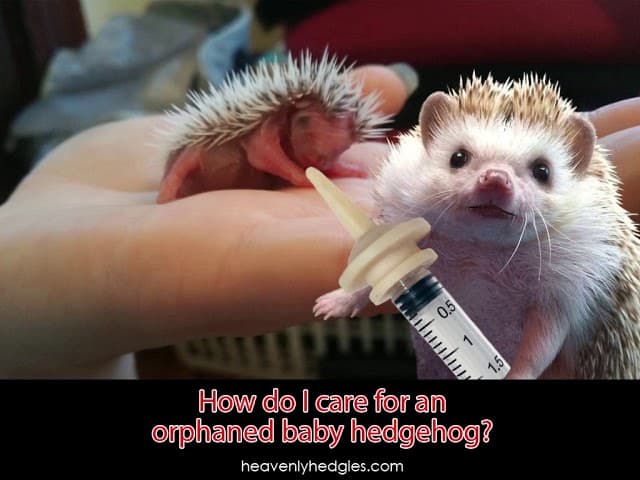 The hedgehog diet should contain a large amount of protein and a minimum amount of fat. Then the mammal will feel in good shape, delighting his master.
The hedgehog diet should contain a large amount of protein and a minimum amount of fat. Then the mammal will feel in good shape, delighting his master.
An obligatory component in the determination of hedgehog food at home is the presence of drinking water . After all, water is the basis of life for all living beings.
Hedgehog feeding norm
And most importantly, you should never overfeed hedgehogs! The optimal measure of feed per day is 100 grams per 800-900 grams of hedgehog weight . It is better to feed the mammal twice a day, in the morning and in the evening, gradually adding new types of foods to the hedgehog's diet. This will avoid the occurrence of an allergy to a new food, and if it occurs, the reason for the hedgehog's poor health will be clear.
It is also necessary to remember that each mammal is unique, and therefore the preferences of different hedgehogs can be completely different. The optimal ratio of the diet is achieved by trial, resulting in an acceptable choice of products for feeding at home.